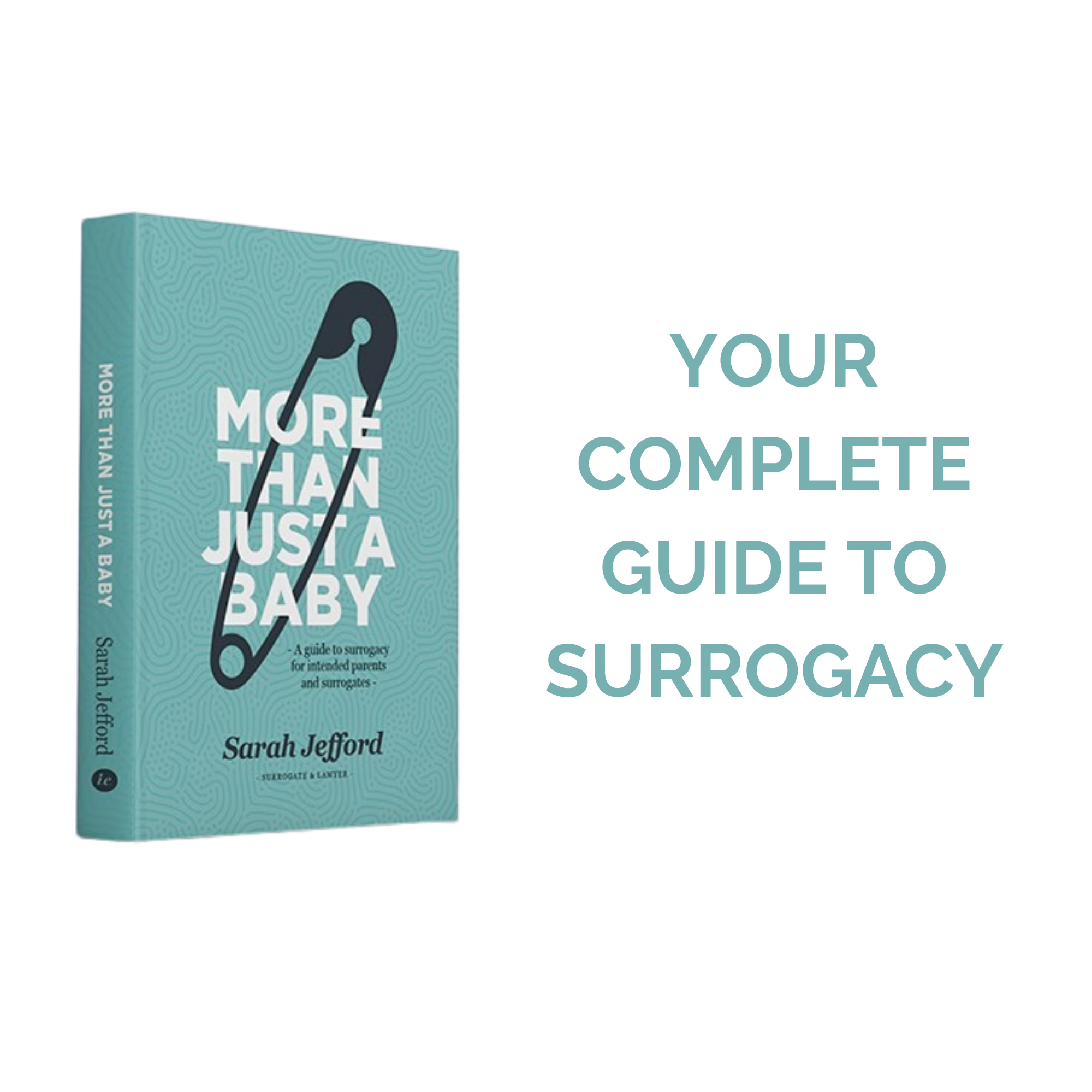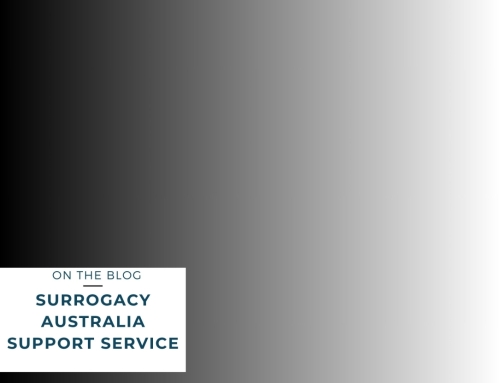April 2025 – Monash IVF in Queensland has admitted to transferring the wrong embryo to a woman, who has since delivered a baby. The media storm that has followed has seen every news channel in Australia – and several abroad – seek comment and speculate on the consequences for the families, and for the IVF clinic.
I was travelling on a Churchill Fellowship until May 2025, to research best practice surrogacy frameworks.
There are several aspects to the story, including the regulation of IVF clinics, standards of practice to ensure the correct gametes and embryos are used in treatment, and the liability to the parties involved. And secondly, and perhaps more importantly, are the ramifications for the child, the birth parents and the genetic parents. These impacts will be felt forever.
The government announced a rapid review of the fertility industry, and Monash IVF announced it’s own review, but in August 2025 announced they would not be releasing the details of their investigation.
It is every IVF parents’ worst nightmare. As an IVF parent myself, I understand the anxieties that arise in wanting to be sure that the embryo you’re receiving is the right one, and questioning the processes and science involved in making our much-wanted babies. I understand that technology allows for identifying sperm, eggs and embryos and making sure they are used for the people intended to be the parents. If patients are concerned, they should discuss this with their clinic and the counsellors. The chances of an embryo mix-up are extremely rare.
We do not have precedence for this in Australia, as far as I am aware. There are cases abroad, including in Israel, where the courts variously decided the child should be handed to the genetic parents, and then kept with the birth parents. In another case, in the USA recently, a woman delivered a baby only to discover it was not her genetic child. She has since relinquished the child to the genetic parents.
Many people are asking about the legal parents in this case, and whether the genetic parents can claim parentage. This remains to be seen. Our laws try and make it clear about who the legal parents are, but with growing technologies and many different ways to create a family, the law hasn’t kept up pace. We know that under section 60H of the Family Law Act, there is a presumption that the birth mother and her partner are the legal parents of the child born through artificial treatment procedures. However, that section is qualified by the expectation that the woman and her partner consented to the treatment using donor gametes. In the Monash IVF case, there may be an argument that consent was not fully informed by the birth parents, or the genetic parents, given they did not intend for that embryo to be transferred.
We don’t really know how an Australian family court will handle a case involving the birth and genetic parents. It remains to be seen whether the parties engage in proceedings. Any court proceedings about parentage, parenting and custody will be determined with consideration on what is in the child’s best interests.
In all of this, there is a child with a story that is not the story their parents – birth or genetic – hoped for them. There are no winners and the ramifications will be lifelong, for everyone involved.








